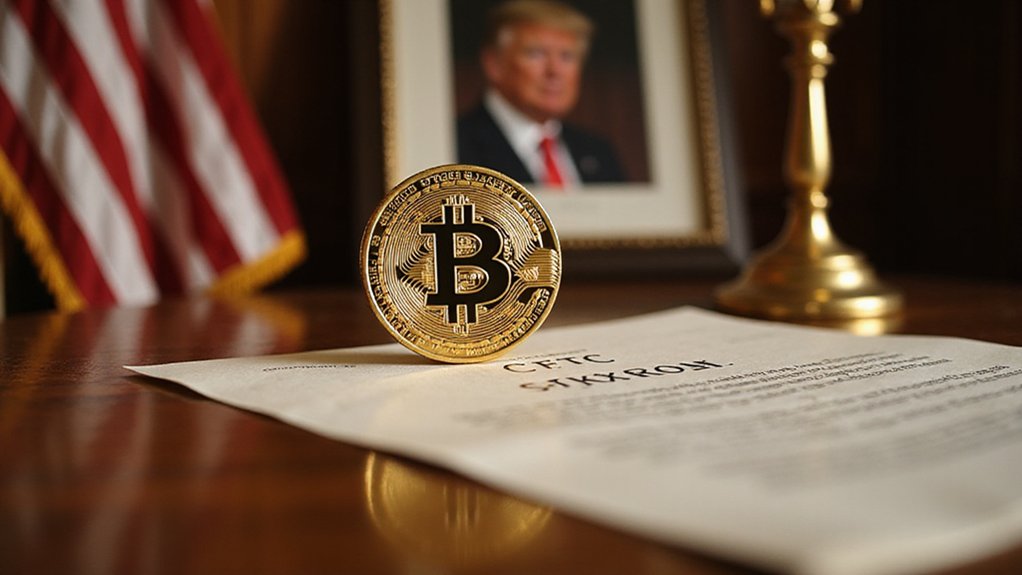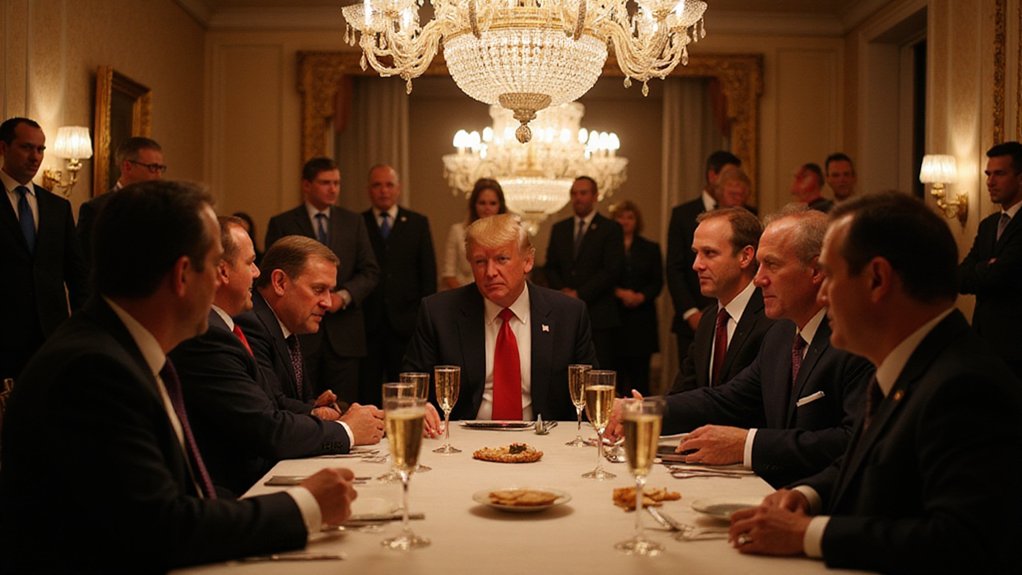While the GENIUS Act arrives with fanfare as Congress’s latest attempt to impose regulatory order on the Wild West of stablecoins, banking institutions are sounding alarms about what they characterize as a dangerous loophole that could undermine the very financial stability the legislation purports to protect.
The controversy centers on the Act’s expansive definition of “permitted payment stablecoin issuers,” which extends beyond traditional bank subsidiaries and federally approved entities to include state-chartered issuers with approvals. Critics argue this creates a regulatory arbitrage opportunity where entities could forum-shop among states with more permissive oversight regimes—hardly the robust supervision one might expect for instruments potentially affecting systemic stability.
Forum-shopping among lenient state regulators hardly constitutes the robust oversight needed for systemically important financial instruments.
Consider the irony: while the legislation mandates rigorous 1:1 reserve requirements backed by US Treasury bills and other low-risk assets, it simultaneously opens doors for issuers operating under varying state regulatory frameworks. This patchwork approach raises uncomfortable questions about whether a stablecoin backed by impeccable reserves but issued by a lightly regulated entity truly serves financial stability objectives.
The banks’ concerns appear particularly acute regarding the three-year shift period, during which unauthorized stablecoins can continue operating before facing restrictions. This grace period, ostensibly designed to facilitate orderly market transition, could paradoxically encourage a rush toward state-level approvals of dubious quality. Why submit to federal oversight’s stringent requirements when state approval might suffice?
Foreign stablecoin issuers face their own regulatory gauntlet, requiring OCC supervision despite operating under “comparable regulatory regimes”—a term whose elasticity remains conveniently undefined. The Act’s requirement that these entities maintain segregated reserves while prohibiting commingling (except for those mysterious “limited exceptions”) creates operational complexities that could favor domestic competitors. The Treasury Secretary holds authority to publicly designate noncompliant foreign issuers, adding another layer of regulatory uncertainty for international operators.
Perhaps most tellingly, the legislation’s custodial restrictions limit stablecoin issuers to core functions while requiring federal or state banking oversight for custodial services. Yet if state-chartered issuers can qualify as permitted entities, doesn’t this potentially create the very regulatory fragmentation that contributed to previous financial instability? Under the Act, stablecoin issuers are classified as financial institutions and must implement AML compliance protocols alongside traditional banking oversight mechanisms. The increasing enterprise adoption of stablecoins for cross-border transactions further complicates this regulatory landscape, as businesses seek efficient payment solutions that may operate across multiple jurisdictions.
The banking sector’s alarm reflects a fundamental tension: GENIUS Act’s attempt to legitimize stablecoins while maintaining stability may have inadvertently created pathways that achieve neither objective effectively.








